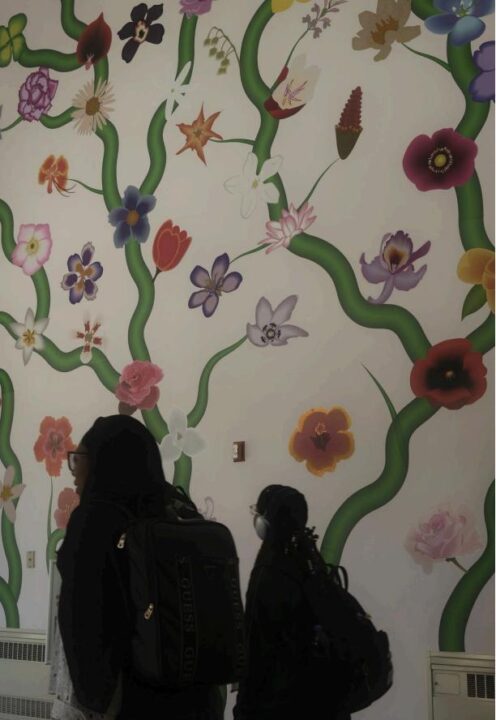Safe spaces are a hot topic and are often cited by right-wing sources as a threat to free and healthy discourse. A 2017 article in “The Odyssey” entitled “Why Safe Spaces Are Bad For America” condemns safe spaces as “a shelter against opposing viewpoints” that “have begun to harm the political discourse between college students.”
An article published the same year in “The Huffington Post” titled “Safe Spaces On College Campuses Are Creating Intolerant Students” gives an equally uncharitable perspective on safe spaces, describing such spaces as places “where [students] can get together without being exposed to ideas and speech that make them feel uncomfortable.”
However, both of these descriptions fail to account for the purpose, form and function of such spaces. Instead, they immediately and wrongly associate safe spaces with attempts to “censor” or “self-segregate.” The idea behind safe spaces is supposedly that students are overly sensitive and need protection from controversy or opinions other than their own.
This is far from the case.
The fact of the matter is that advanced discussions cannot be had without some agreed upon basic assumptions. Just as a debate on palaeontological classifications should not be stopped to allow for a discussion of whether or not Darwinian evolution is a sound scientific model, a sociology class discussing LGBTQ relationship structures should not have to be halted to discuss whether or not LGBTQ identities are “real” or “healthy.” In both cases, the higher-level discussion would be stifled and the class would suffer as a result.
In the same sense, individuals with marginalized identities should not have to defend their identities while researching, discussing or studying, regardless of the subject. Even aside from the emotional strain that puts on the individual, it is a hindrance to the work done in a university setting.
This explains the necessity of a “safe space.” Its purpose is not to hide opposing viewpoints, but to allow a higher level of discussion than would be possible otherwise.
To this end, it is understandable why a university would set certain boundaries. For example, a choice to disallow speakers who oppose women operating in professional roles makes sense beyond a simple emotional distaste. It is simply unreasonable for a woman studying for a professional degree to have to simultaneously defend her identity from an attack sanctioned by the university.
Ultimately, this relates back to UMBC, in particular with regards to the recent “listening session.” The session was disparaged by a small but vocal minority for stifling open dialogue by virtue of being a safe space.
However, this is an example of how certain important discussions cannot occur if the baseline of those discussions are also being argued. An open debate as to whether there was an issue with sexual violence at UMBC at all would not allow a discussion that could aim to address these problems on campus or provide much-needed healing resources to survivors.
The ideas that safe spaces limit discourse are not new to marginalized people. In most cases, they must confront those ideas and push back against them nearly every day. Safe spaces simply grant these individuals room to develop perspectives without being pulled back down into fighting against the same ideas. Safe spaces provide a more useful, healthy — and yes, emotionally supportive — environment than they may be given elsewhere.
